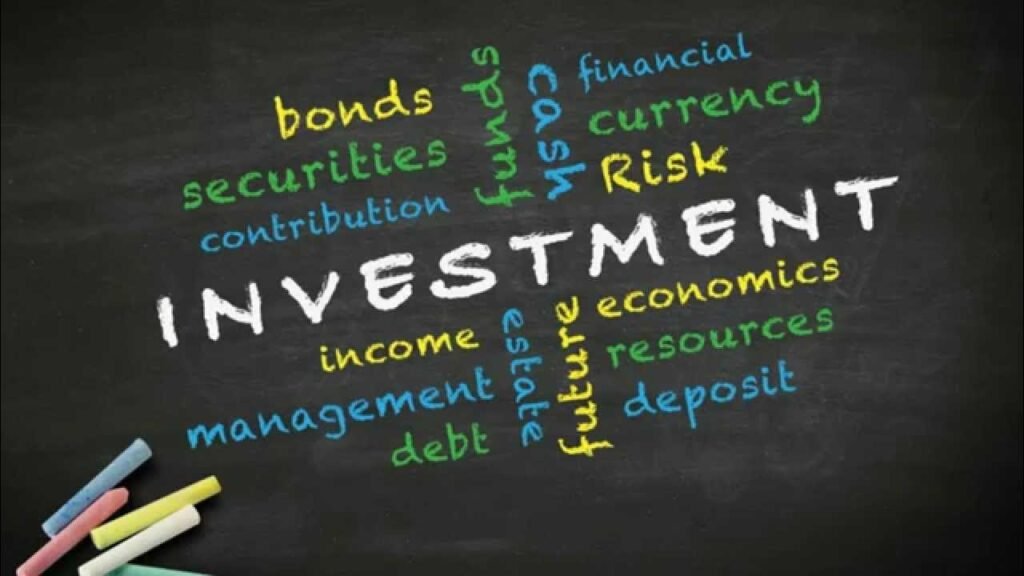Finding the best investment advisor for retirement planning is one of the most crucial financial decisions you’ll make in your lifetime. With Americans needing an average of $1.46 million to retire comfortably, having the right advisor can mean the difference between financial security and struggling in your golden years. Whether you’re just starting your career or approaching retirement age, choosing an experienced investment advisor for retirement planning will help you navigate complex investment strategies, tax optimization, and wealth preservation techniques. The right advisor doesn’t just manage your portfolio—they become your trusted partner in building a comprehensive retirement strategy that adapts to market changes and your evolving needs.
What Makes the Best Investment Advisor for Retirement Planning?
When searching for the ideal retirement planning advisor, several key characteristics separate exceptional advisors from the rest. The best investment advisor for retirement planning combines extensive experience, proper credentials, and a client-first approach that prioritizes your long-term financial success.
Essential Credentials and Certifications

Professional certifications serve as your first line of defense against unqualified advisors. Look for advisors holding the Certified Financial Planner (CFP) designation, which requires extensive education, examination, and ongoing professional development. Additionally, Chartered Financial Analyst (CFA) credentials indicate deep investment analysis expertise, while Personal Financial Specialist (PFS) credentials show specialized tax planning knowledge.
Fee Structure Transparency
The most trustworthy retirement planning advisors operate on a fee-only basis, eliminating potential conflicts of interest that arise from commission-based compensation. Fee-only advisors charge either hourly rates, flat project fees, or asset-under-management (AUM) percentages, typically ranging from 0.5% to 1.5% annually for comprehensive portfolio management.
Key Services Your Retirement Investment Advisor Should Provide
Comprehensive Retirement Income Planning
Your advisor should develop detailed strategies for generating sustainable retirement income from multiple sources, including Social Security optimization, pension maximization, and systematic withdrawal plans from investment accounts. They should also help you understand the tax implications of different withdrawal strategies and timing.
Asset Allocation and Portfolio Management
Effective retirement planning requires dynamic asset allocation that shifts as you approach and enter retirement. Your advisor should implement age-appropriate investment strategies, gradually moving from growth-focused portfolios to more conservative, income-generating investments while maintaining enough growth potential to combat inflation.
Tax-Efficient Investment Strategies
Skilled retirement advisors implement sophisticated tax planning strategies, including Roth IRA conversions, tax-loss harvesting, and strategic asset location across taxable and tax-advantaged accounts. These strategies can potentially save thousands of dollars in taxes throughout your retirement years.
Top Investment Advisory Firms for Retirement Planning
National Full-Service Firms
Large investment firms like Vanguard, Fidelity, and Charles Schwab offer comprehensive retirement planning services with competitive fee structures. These firms provide access to low-cost index funds, sophisticated planning software, and experienced advisors who specialize in retirement strategies.
Fee-Only Registered Investment Advisors (RIAs)
Independent RIAs often provide more personalized service and flexible fee structures. These firms typically serve as fiduciaries, meaning they’re legally obligated to act in your best interests. Many specialize exclusively in retirement planning and wealth management for pre-retirees and retirees.
Robo-Advisors with Human Support
Hybrid robo-advisory platforms like Betterment Premium and Wealthfront offer algorithm-driven portfolio management combined with access to human financial advisors for retirement planning guidance. These services typically charge lower fees while providing tax optimization and automatic rebalancing features.
How to Evaluate and Choose Your Retirement Planning Advisor
Initial Consultation and Planning Process
During your initial meeting, assess how thoroughly the advisor reviews your current financial situation, retirement goals, and risk tolerance. The best advisors will ask detailed questions about your expected retirement lifestyle, healthcare needs, legacy goals, and other personal factors that influence your retirement planning strategy.
Communication Style and Accessibility
Your advisor should communicate complex financial concepts in understandable terms and maintain regular contact throughout your relationship. Look for advisors who provide quarterly portfolio reviews, annual comprehensive planning meetings, and prompt responses to your questions and concerns.
Technology and Reporting Capabilities
Modern retirement planning requires sophisticated software and reporting tools. Your advisor should provide easy online access to your accounts, detailed performance reporting, and interactive planning tools that allow you to model different retirement scenarios.
Red Flags to Avoid When Selecting a Retirement Advisor
Be cautious of advisors who guarantee specific investment returns, push expensive insurance products as investments, or seem more interested in gathering assets than understanding your unique retirement needs. Additionally, avoid advisors who lack proper credentials, refuse to provide references, or cannot clearly explain their fee structure and potential conflicts of interest.
The Cost of Professional Retirement Planning Services

Investment advisory fees for retirement planning typically range from 0.25% to 2% of assets under management annually, depending on the level of service and firm size. While these fees might seem significant, studies show that professional financial advice can add approximately 3% to annual portfolio returns through better asset allocation, behavioral coaching, and tax optimization strategies.
Working with Your Retirement Investment Advisor Long-Term
Regular Portfolio Reviews and Adjustments
Your retirement planning needs will evolve as you approach and enter retirement. Schedule regular reviews to adjust your investment strategy, update beneficiary information, and modify withdrawal plans based on changing circumstances, market conditions, and tax law changes.
Coordinating with Other Professionals
The best retirement advisors work collaboratively with your tax professional. Estate planning attorney, and insurance agents to ensure all aspects of your financial plan work together cohesively. This team approach prevents costly oversights and maximizes the effectiveness of your overall retirement strategy.
Conclusion
Selecting the best investment advisor for retirement planning requires careful consideration of credentials, fee structures, services offered, and personal compatibility. The right advisor will serve as your trusted partner throughout your retirement journey. Helping you navigate market volatility, optimize tax strategies, and adjust your plan as your needs evolve.
Take action today by researching qualified advisors in your area. Scheduling initial consultations with your top candidates, and asking detailed questions about their retirement planning expertise. Your future self will thank you for taking this important step toward financial security and peace of mind.




















